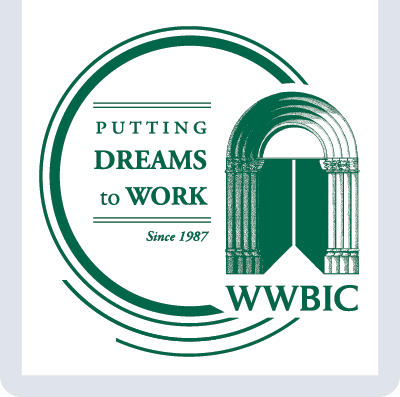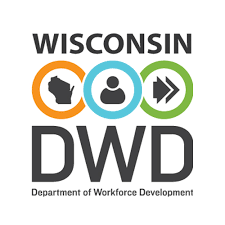Originally Published: 14 MAR 23 08:32 ET
Updated: 14 MAR 23 09:47 ET
By Alicia Wallace, CNN
(CNN) — Inflation remains elevated but the temperature is coming down, according to the latest Consumer Price Index.
The closely watched gauge of inflation, released Tuesday morning, showed that annual price increases continued to slow in February, according to the report from the Bureau of Labor Statistics.
CPI measured 6% for the year ended in February, down from January’s 6.4% and in line with economists’ expectations.
It’s the eighth consecutive month that the annual rate has declined, and marks the lowest level since September 2021.
“Inflation has peaked, but it hasn’t gone into hibernation,” said Mark Hamrick, senior economic analyst for Bankrate.
On a monthly basis, prices were up 0.4%, representing a cooldown from the January monthly growth rate of 0.5%. Economists were expecting a gain of 0.4%.
Shelter prices were the largest contributor to the monthly increase, accounting for 70% of February’s gain, according to the BLS. Shelter prices were up 0.8% for the month and 8.1% year over year.
Food prices continued to cool. Overall food prices were up 9.5% for the 12 months ending in February, representing the lowest annual rate for the category since April. Prices for food at home (grocery purchases) were up 10.2% in February, the lowest since March 2022.
When stripping out volatile energy and food prices, core CPI grew 0.5% on a monthly basis and 5.5% year over year.
Services inflation — a key area of focus for the Federal Reserve as it seeks to gauge how “sticky” inflation is becoming — ticked up 0.1 percentage points to 0.8% for the month. It’s up 8.1% year over year.
“Services inflation is still hot; the Fed still has work to do, and their actions and communications are going to come under increasing scrutiny given the events of the past few days,” said Andrew Patterson, senior international economist for Vanguard, citing recent stress in the banking sector. “They need to be careful in balancing the risks of price and financial stability.”
CPI is one of the last major pieces of economic data to be released before the Fed’s policymaking meeting next week.
However, the Fed’s fight against inflation has grown more complex in recent days.
Following the collapse of Silicon Valley Bank, Signature Bank and Silvergate, the Fed stepped in alongside Treasury and the Federal Deposit Insurance Corporation to attempt to stem broader fallout.
Despite some broader declines, Tuesday’s CPI report shows that it may take longer for the inflation rate to reach the Fed’s desired 2% target, wrote Sinem Buber, lead economist at ZipRecruiter.
“Coming on the heels of last Friday’s strong jobs report and Fed Chair [Jerome] Powell’s semiannual report to Congress, today’s acceleration in core inflation would almost certainly push the Fed to raise rates by [a half-point] on March 22 were it not for recent instability in the banking system,” Buber wrote. “Now, the Fed is in a bind. On the one hand, it wants to maintain credibility on inflation and avoid core inflation accelerating further. On the other, it needs time to investigate the effect of recent bank collapses on financial conditions and wants to minimize the risk of further financial instability. “
This story is developing and will be updated.
The-CNN-Wire
™ & © 2023 Cable News Network, Inc., a Warner Bros. Discovery Company. All rights reserved.






